Advertisements
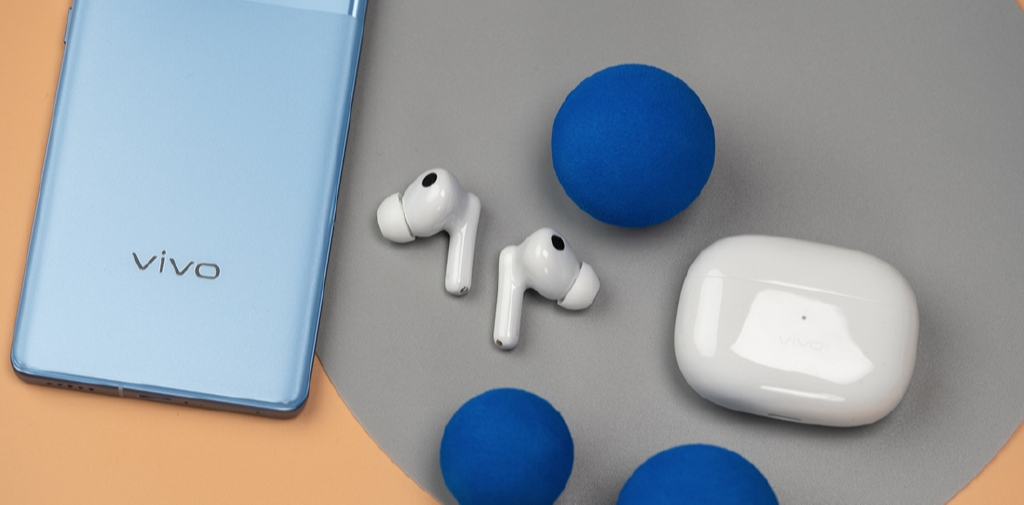
In recent months this year, there have been several landmark events in the true wireless Bluetooth audio hardware industry in May, Redmi Buds 4 Pro brought LC3 codec support in September, Apple’s second-generation AirPods Pro finally came after a long-awaited , it is very likely that LC3 encoding will be supported through firmware updates in the future in November, vivo TWS 3 Pro, which also supports LC3 encoding and decoding, claims to be the world’s first full-link wireless Hi-Fi true wireless headset. Also Backstab Sony LDAC.
Then some students will ask, is LC3 coding really so magical? What are the previous LDAC and LHDC? Can’t they be wireless Hi-Fi?
To answer this question, we may first need to simply understand what Hi-Fi is. The so-called Hi-Fi is actually the abbreviation of High-Fidelity. Enthusiasts have a more profound and complex understanding of it, but for ordinary people, it can be simply said that the biggest role of high-fidelity is to restore the recording to a high degree. sound.
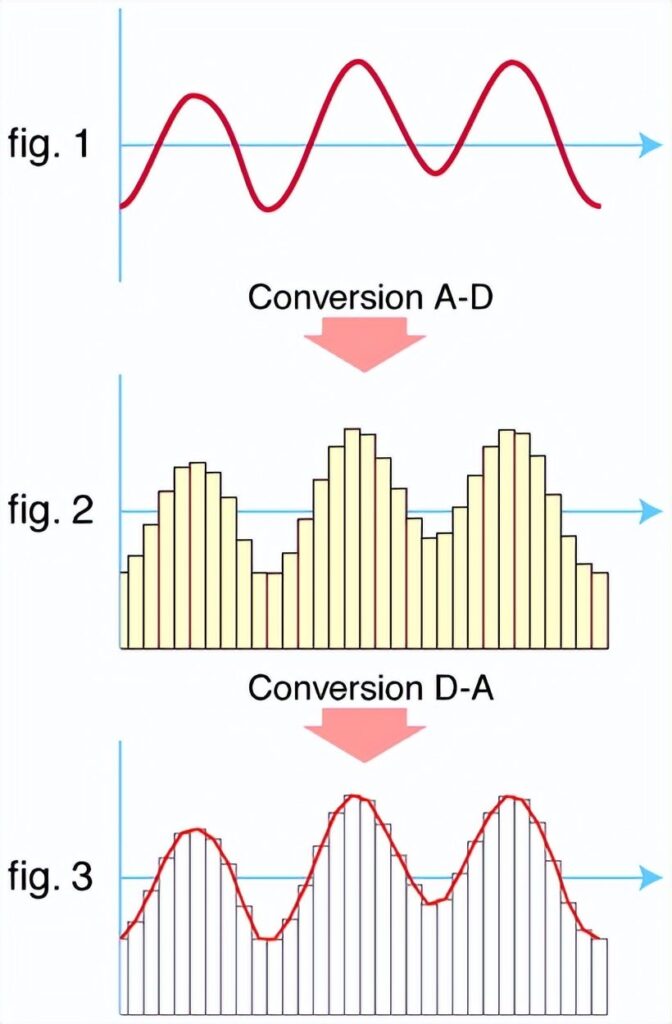
Many people say that talking about “high fidelity” in the wireless field is a false proposition. Why is this?
We need to know that regardless of the size of digital audio files, they are all recorded and stored in the form of 0 and 1 with bit as the smallest unit. Before the digital audio is formed, it will go through the process of collecting, recording and encoding. The sound will be collected and converted into an electrical analog signal, and then the analog signal will be sampled and converted into a digital signal at a certain frequency, and then quantized and encoded for storage, or directly Transmission, while the audio is playing, it needs to be decoded and restored.
Every step of the whole process determines the quality of digital audio, especially the step of sampling analog signals into digital signals with a certain frequency and precision, which directly determines the richness of information. The richer the information, the more recorded content , the more details – this is called “sampling”.
Among them, there are two very important parameter indicators in “sampling”, one is the sampling rate, and the other is the number of sampling bits (bit width). In layman’s terms, they represent “sampling frequency” and “sampling precision” respectively. In detail, “sampling rate” is the frequency of sampling analog signals. The higher the sampling frequency, the more continuous the sound will be.
Generally, the unit is Hz, which means the number of sampling times per second. “Number of sampling bits” can be understood as the accuracy of collecting analog signals, the unit is bit, the higher the number, the higher the accuracy, which means the richer the information of each sampling point, the higher the degree of restoration, or the higher the resolution, the closer high fidelity.
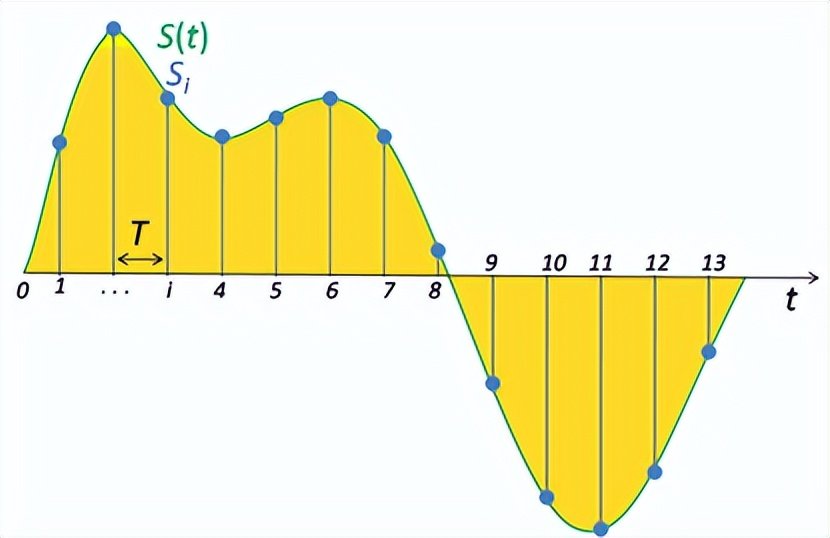
Of course, the higher the sampling rate and the number of bits, the better, but our storage and transmission bandwidth is limited, which requires the collected digital information to be compressed and packaged in a certain form, and there is another important concept in this process, It is the “bit rate”, which mainly reflects the data rate, and the unit is kbps (kilobits per second). Under the same encoding, the higher the bit rate, the better the quality, but the bandwidth requirements are also greater.
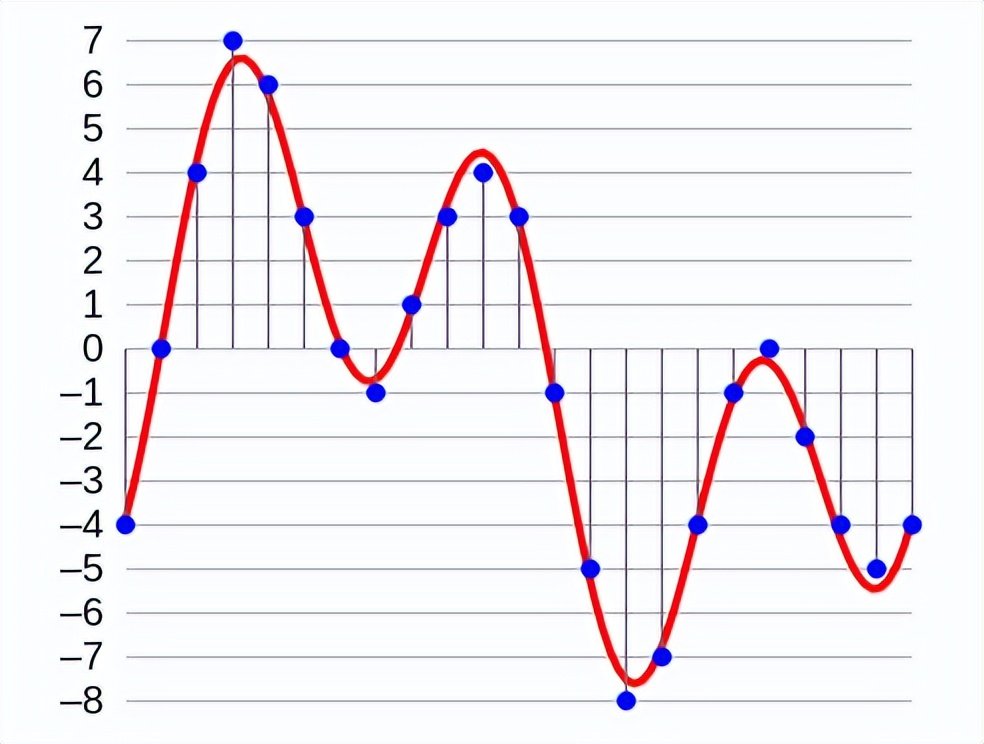
From this point of view, in the field of wireless audio, the so-called “high resolution” needs to meet the three conditions of high sampling rate, high number of sampling bits, and high bit rate for transmission. In the field of Bluetooth audio transmission codecs, SBC is the code with the highest penetration rate at this stage. It can be said that all Bluetooth headsets on the market will support this codec. The audio data transfer rate is limited to 328kbps.
During the period, the transmission bandwidth of Bluetooth has been expanding, and it can reach the level of 24Mbps since version 3.0. Now the latest version 5.3 has doubled and reached 48Mbps.
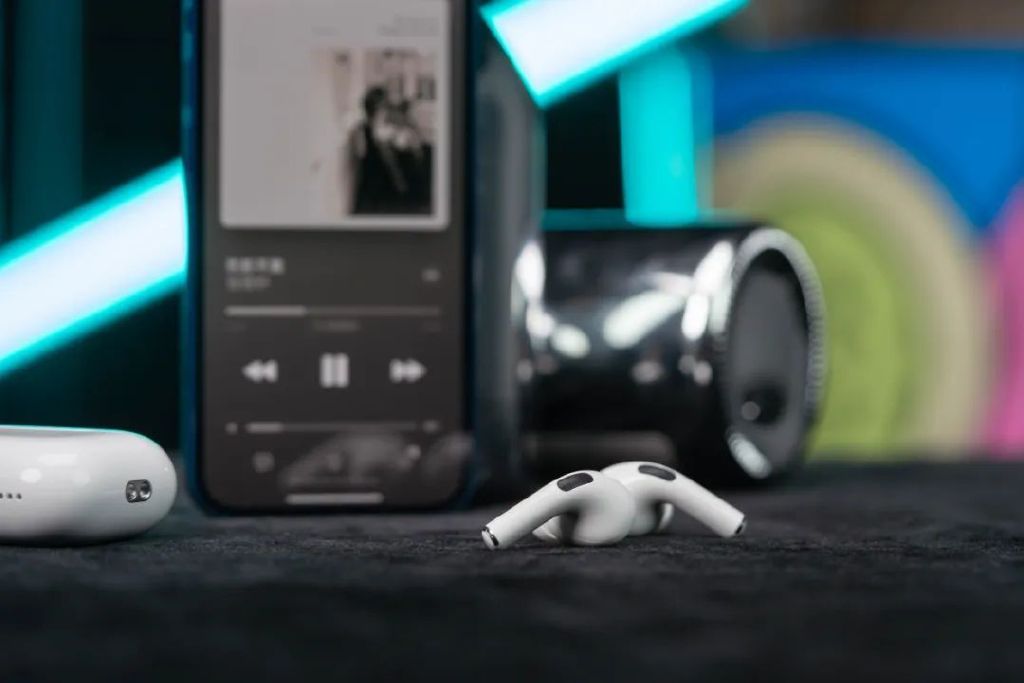
For Apple, even the most expensive AirPods Max at this stage is still the latest second-generation AirPods Pro. The Bluetooth audio codec is only up to AAC, and the highest bit rate is 512kbps, which is better than SBC. The versatility is relatively high, but the highest It only supports 44kHz / 16bit sampling rate and bit width transmission. In fact, it is still the same as SBC, which cannot meet the requirements of high resolution and high fidelity.
So what kind of sampling rate and bit width can be called “high resolution”?
In this regard, we have to talk about the Hi-Res high-resolution audio (High Resolution Audio) defined by Sony, which clearly defines that the sampling rate and bit width must be at least 96kHz / 24bit, and even 192kHz / 24bit can be regarded as Hi-Res high Parse the audio.
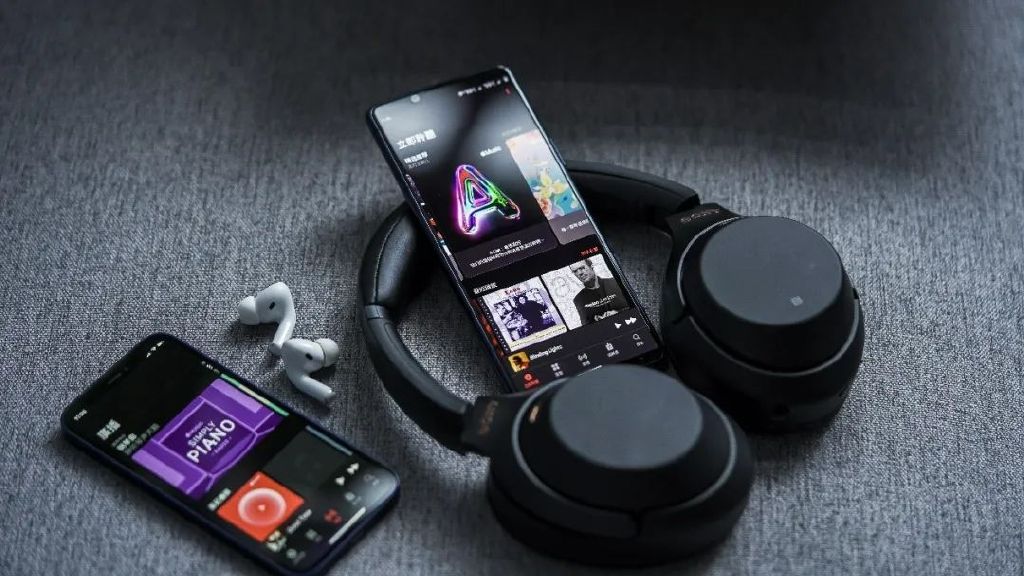
In addition to defining the Hi-Res standard, Sony has actually developed a transmission codec protocol LDAC for high-resolution audio, which supports a sampling rate and bit width transmission of up to 94kHz / 24bit, and has three transmission bit rates of 330kbps, 660kbps and 990kbps. LDAC has basically reached the standard of Hi-Res high-resolution audio.
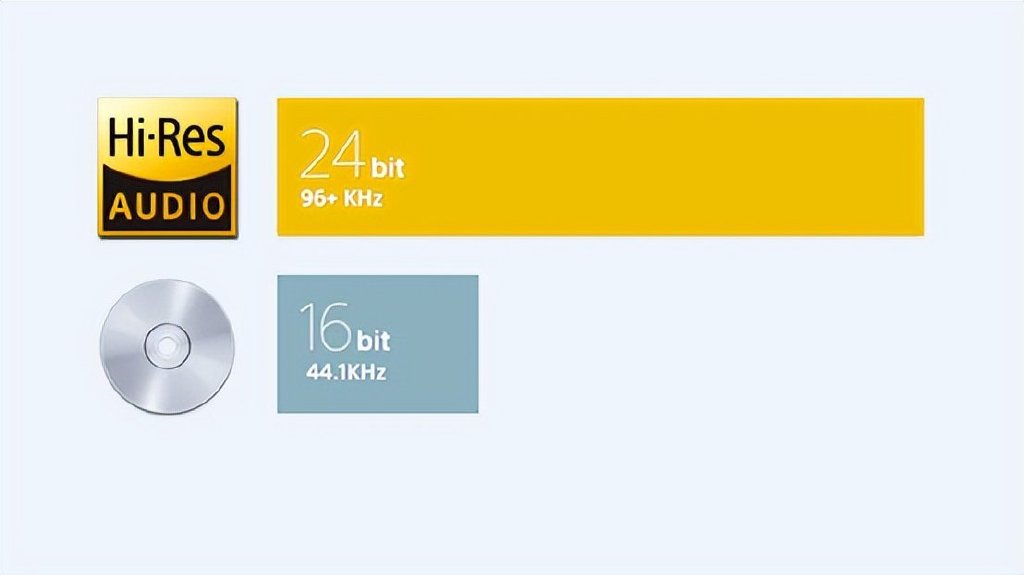
There is actually a certification standard for wireless high-definition audio in China, called HWA / Hi-Res Wireless Audio High-definition wireless audio, originally based on a codec protocol called LHDC, the full name is Low-Latency Hi- Definition Audio Codec low-latency high-definition audio coding, looks very similar to Sony LDAC, supports high 96kHz / 24bit transmission (the latest LDAC-V version is upgraded to 192kHz / 24bit), and has three bit rates of 400kbps, 500kbps and 900kbps.
But the implementation technology is advanced, for example, the sampling rate and bit width will be automatically matched during encoding, which can reduce the delay caused by unifying the sampling format first and then converting the output later, such as LDAC, to a certain extent.
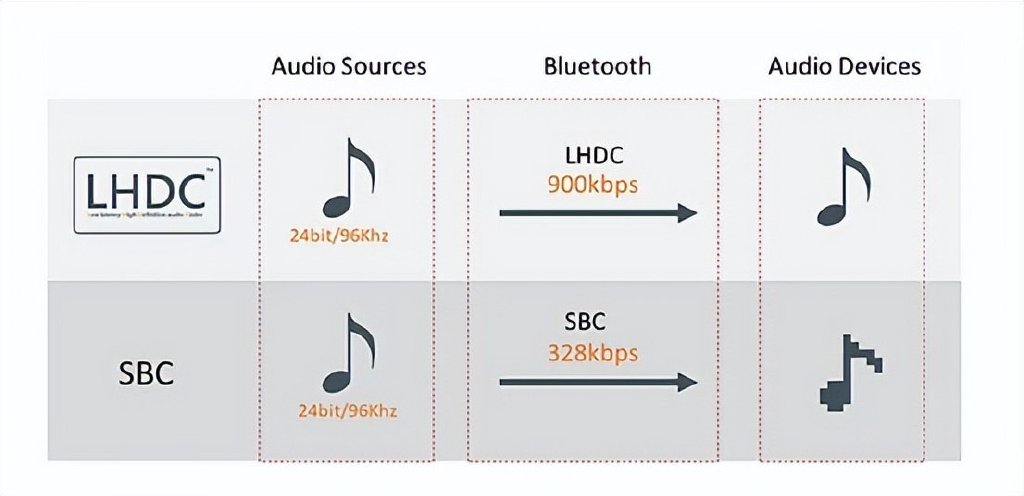
These codec protocols push the quality of Bluetooth audio transmission into the high-resolution door, but the shortcomings are actually quite obvious, such as high delay and poor anti-interference ability; and this year’s LE Audio may be able to better solve these two problems. question.
To put it simply, LE Audio is a new generation of Bluetooth audio technology. Unlike Sony’s LDAC, Shengwei’s advanced LHDC and other technologies based on Bluetooth Classic, LE Audio is a product directly formulated by the Bluetooth SIG Bluetooth Technology Alliance. A set of wireless audio technology, and it runs on Bluetooth Low Energy (Bluetooth LE) technology.
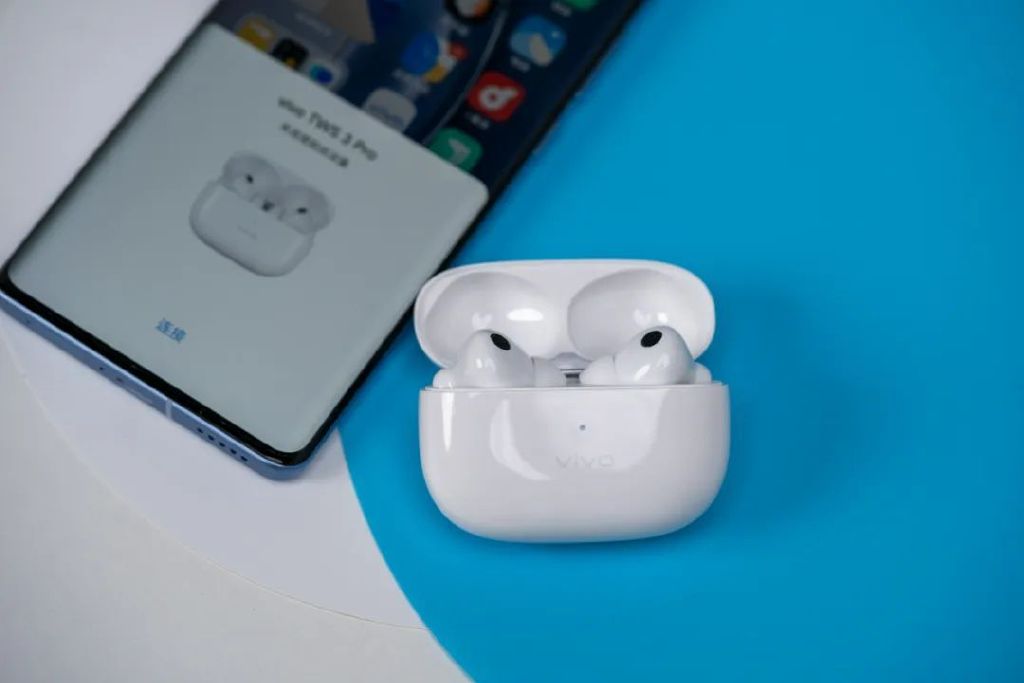
The full name of LE Audio is actually very straightforward. It is Low Energy Audio / Low Energy Audio. You can know from the name that its biggest feature is “power saving”. Because it runs on Bluetooth LE technology, LE Audio also has Bluetooth LE technology. It has the characteristics of low latency and high stability.
Note that what I said earlier is a “set” of wireless audio technology, because this set of LE Audio technology contains multiple wireless audio technologies. According to Bluetooth SIG, LE Audio has added support for hearing aids. There is a broadcast audio technology called Auracast, which can realize large-scale broadcast of Bluetooth devices in the area, and the closest to us is of course the LC3 codec technology.
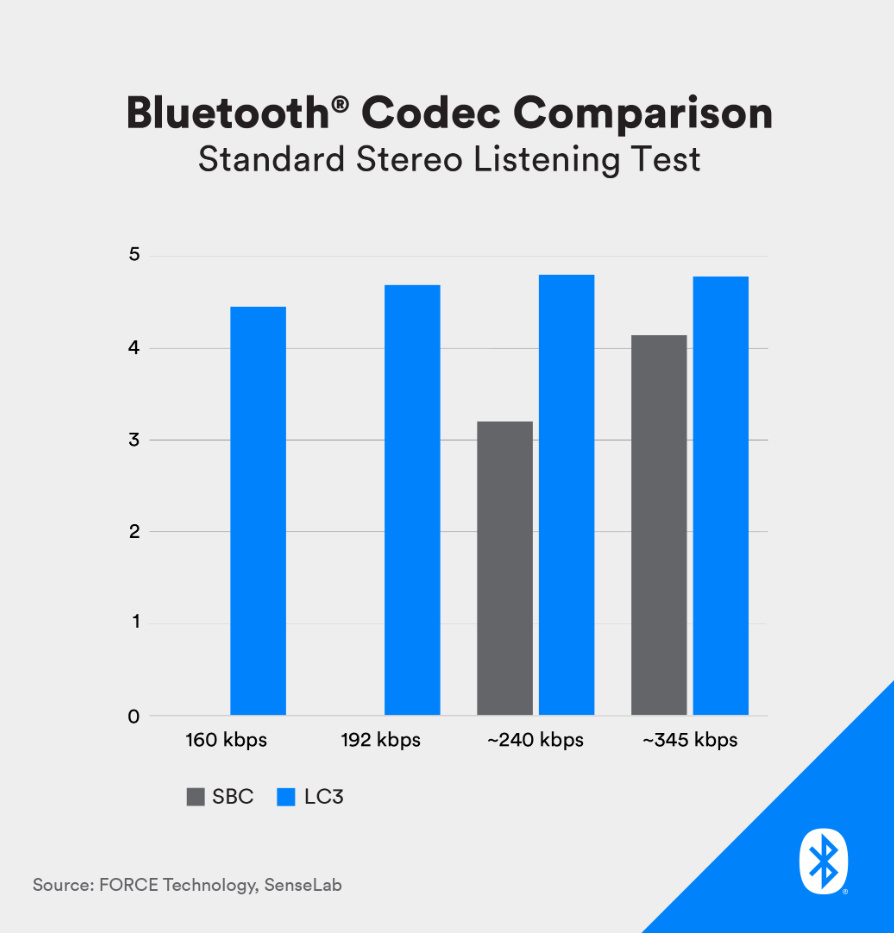
Therefore, LC3 is a technology at the same level as LDAC and LHDC; the full name of LC3 is Low Complexity Communications Codec / Low Complexity Communication Codec, which will be the codec technology supported by AirPods Pro 2 in the future. Some time ago, vivo’s TWS 3 series also This encoding technique is already supported.
The sampling rate and bit width supported by the LC3 codec are very rich. It supports sampling rates of 8kHz, 16kHz, 24kHz, 32kHz, 44.1kHz and 48kHz, sampling bit widths of 16bit, 24bit and 32bit, and a code rate of 64kbps ~ 248kbps. It has significantly higher audio quality at the same bit rate as SBC – but compared with LDAC, the quality of audio transmission is still inferior, but LC3 has high stability, low energy consumption, and ultra-low delay, which is LDAC Envious of dreaming.
As for LHDC, the new version LHDC-V launched some time ago also evolved under the LE Audio architecture, and even achieved higher sampling than LDAC, reaching 192kHz / 24bit.
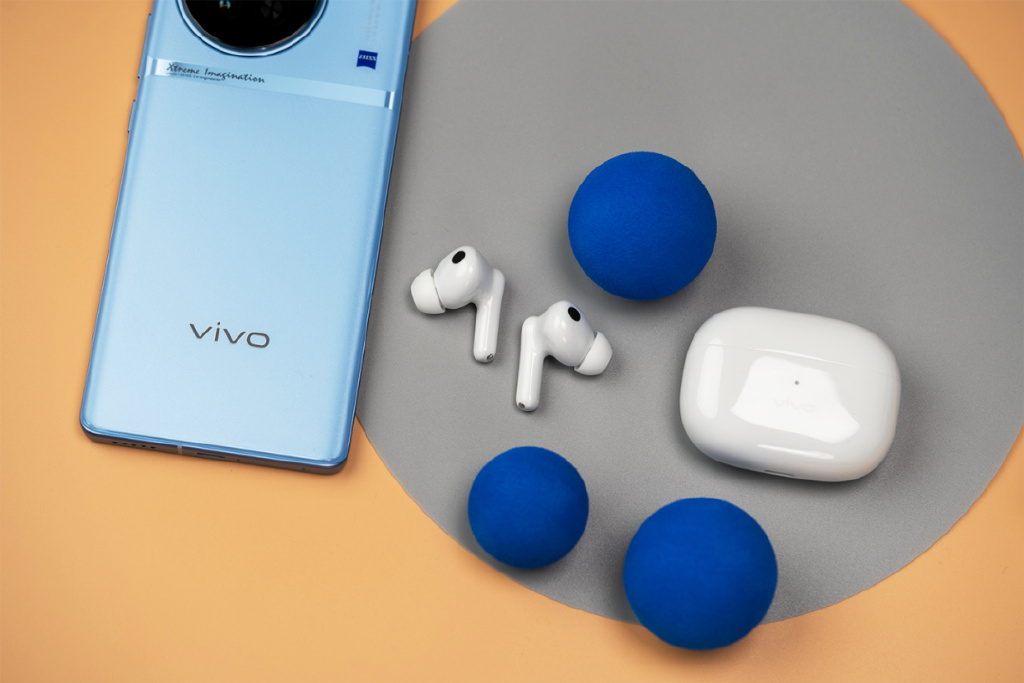
The full-link wireless Hi-Fi combination of vivo TWS 3 Pro + vivo X90 Pro+, in addition to LC3, is actually supported by an independent audio chip and Qualcomm aptX Lossless codec protocol, etc., based on Qualcomm’s S5 platform to achieve transmission, bit rate It can reach up to 1200kbps, which is already higher than LDAC. As for LDAC, LHDC, and LC3, aptX Lossless, which stage will they lead high-resolution Bluetooth audio in the future, it will be a series worth chasing.







